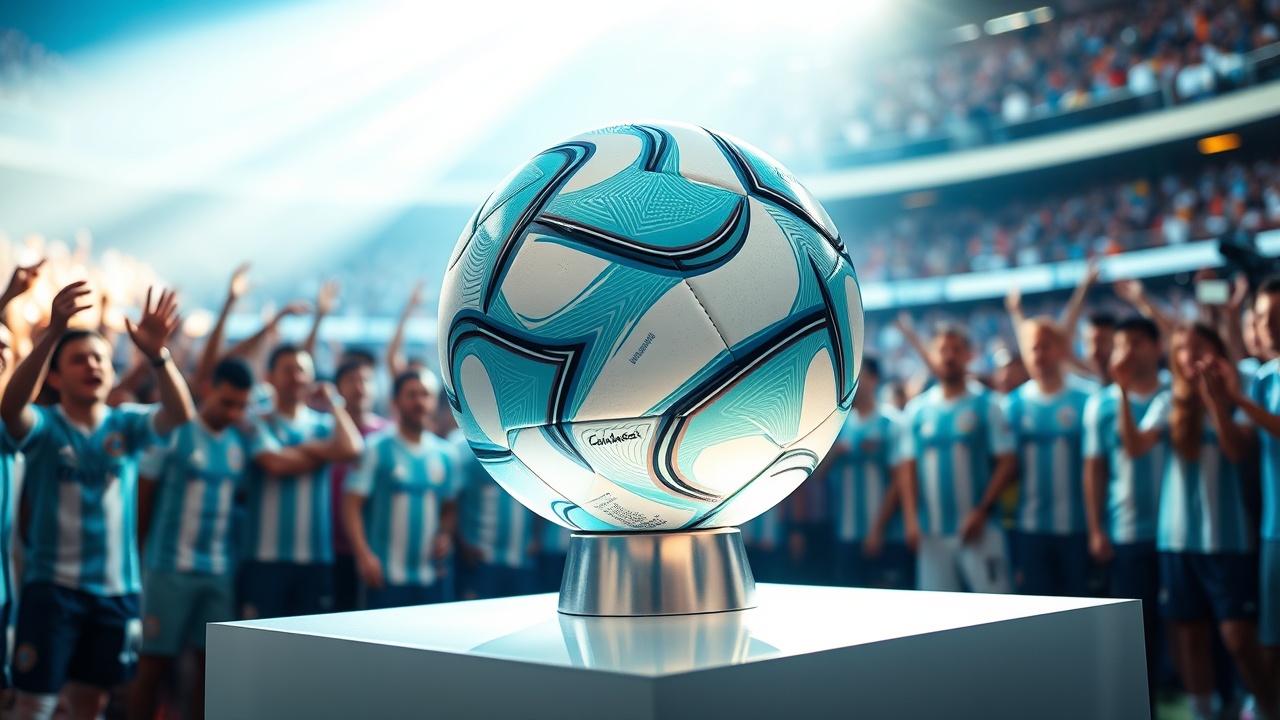Introduction to the 2026 FIFA World Cup
Next summer, the highly anticipated 2026 FIFA World Cup will commence, and with it comes the introduction of the tournament’s official ball, the Trionda. Adidas has revealed this new match ball, which marks the 15th consecutive time the sportswear giant has provided the official soccer ball for a World Cup, a partnership that has flourished for over 50 years.
The Evolution of World Cup Balls
The history of World Cup balls reflects the evolution of football, with a total of 23 unique ball designs introduced since the inaugural tournament in Uruguay in 1930. Adidas first entered the scene during the 1970 World Cup in Mexico with the iconic Telstar ball, which would go on to set the standard for future designs.
Challenges of the First World Cup
The first World Cup faced a unique challenge as no officially designated ball was used. Instead, various balls were employed, leading to a notable dispute during the final where Argentina and Uruguay had differing preferences. Ultimately, the match began with Argentina’s chosen Tiento, switched at halftime to Uruguay’s T-Model, resulting in a thrilling 4-2 victory for the hosts.
Innovations in Ball Design
Throughout the decades, the design and materials of soccer balls have evolved significantly. For example, the Federale ball, introduced in 1934, replaced rigid leather laces with cotton ones, enhancing the comfort for players. The World Cup saw further innovations over time, transitioning from multi-panel designs to molded balls such as the Duplo T in 1950, which featured a simple inflation valve, revolutionizing how match balls were produced.
The 1960s brought changes with the Swiss World Champion ball, the first 18-panel design, followed by the stylish and functional Crack, although the latter was criticized for various performance issues. As the era of local manufacturers ended, FIFA opted for established brands, beginning with the Slazenger Challenge in 1966.
Adidas soon dominated with the introduction of the modern-day standards like the Telstar and subsequent designs, layering new materials that improved water resistance and durability. The Tango and other derivatives maintained a popular aesthetic while adapting to player needs, while design choices often reflected the cultural heritage of the host nation.
Controversies and Successes
In 2002, the Jabulani sparked controversy among players due to its unpredictable flight patterns, leading to the need for a more reliable design in its successor, the Brazuca, which successfully balanced aerodynamics through extensive testing.
The Trionda: A Symbol of Unity
The Trionda, which will mark its debut at the 2026 event across three North American countries, showcases a swirl of red, green, and blue, symbolizing the national colors of the hosts. Decorative elements include Canada’s maple leaf, stars for the U.S., and an Aztec eagle motif for Mexico, highlighted with gold accents reminiscent of the World Cup trophy itself.
As soccer enthusiasts gear up for the tournament, this new ball promises to continue the legacy of innovation and excitement in the world of football.




